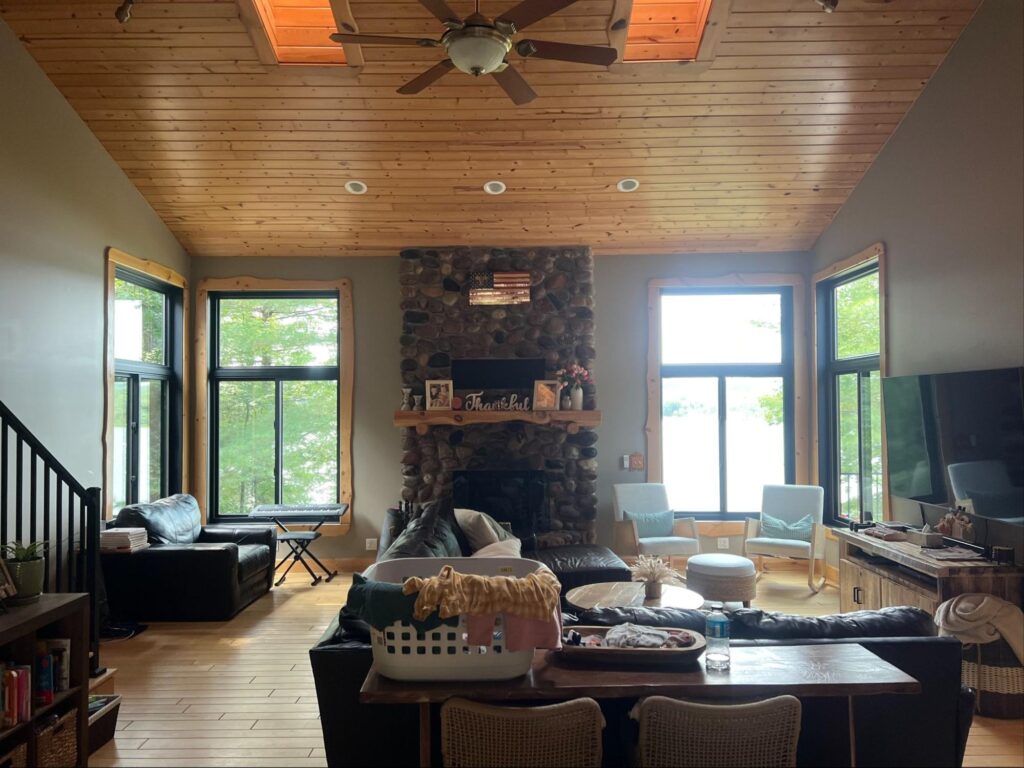Phased vs. Full-Home Window Replacement: Which Strategy is Right for You?
One of the most common questions homeowners face when tackling window replacement is whether to do it all at once or replace their windows over time. The right answer depends on several key factors: budget, current window condition, and aesthetic goals. Let’s break these factors down so you can make the best decision for you and your home.
1. Budget Considerations
Replacing all your windows at once requires a significant upfront investment. If you have the budget, it can save you money in the long run by eliminating recurring labor costs. Many window companies offer bulk discounts when you replace multiple windows at once, making a whole-home replacement a more cost-effective option in terms of labor and materials.
However, if replacing all windows at once isn’t feasible for your budget, replacing them in phases is still a great option. Phasing allows you to spread the cost over time and prioritize the windows that are in the worst condition. Start with windows in high-traffic areas or ones that impact your energy efficiency the most, and work your way to the others as funds allow.
2. Current Window Condition
If all of your windows are showing signs of deterioration—such as drafts, condensation between panes, or visible wear—replacing them all at once is ideal. Old or failing windows can lead to higher energy costs, potential water damage, and even compromised security. The initial one-time investment may seem substantial, but over time, it can result in significant energy savings due to improved insulation and efficiency, ultimately lowering your utility bills and reducing the strain on your HVAC system.
However, if only one or two windows are problematic, replacing those first might be enough to resolve any immediate issues. Just be sure to assess the rest of your windows carefully. If others are also near the end of their lifespan, replacing them soon after might help prevent future issues.
3. Aesthetic Consistency
Replacing all windows at once offers the benefit of consistent aesthetics. Whether you’re upgrading to energy-efficient windows, changing frame styles, or introducing a new color, doing the project all at once ensures a cohesive look throughout your home.
If you choose to replace windows in phases, it’s important to remember that designs, colors, and styles can change over time. This means that by the time you’re ready to replace the remaining windows, the original style may no longer be available, leading to a mismatched look. If you’re concerned about aesthetics, consider phasing replacements but sticking to one consistent style that will remain available in the future.
Pros and Cons of Window Replacement:
Replacing All at Once:
- Pros: Consistent appearance, potential bulk discounts, immediate improvement in energy efficiency.
- Cons: Higher upfront cost.
Replacing One at a Time or in Phases:
- Pros: Spread out cost, ability to prioritize based on need.
- Cons: Potentially mismatched styles over time, extended project timelines, multiple disruptions to daily life, and higher long-term costs due to replacing windows individually instead of all at once.




Ultimately, the decision to replace all windows at once or one at a time comes down to what makes sense for your home and budget. If your windows are nearing the end of their lifespan and you can afford the investment, replacing them all at once provides immediate benefits and convenience. If budget is an issue, phasing the replacement still offers you the chance to improve your home over time without breaking the bank.
No matter which route you choose, Engstrom’s Siding and Window can help guide you through the process with expert advice and high-quality, custom-fit windows designed to elevate your home’s appearance and functionality. Contact us today to get started!
